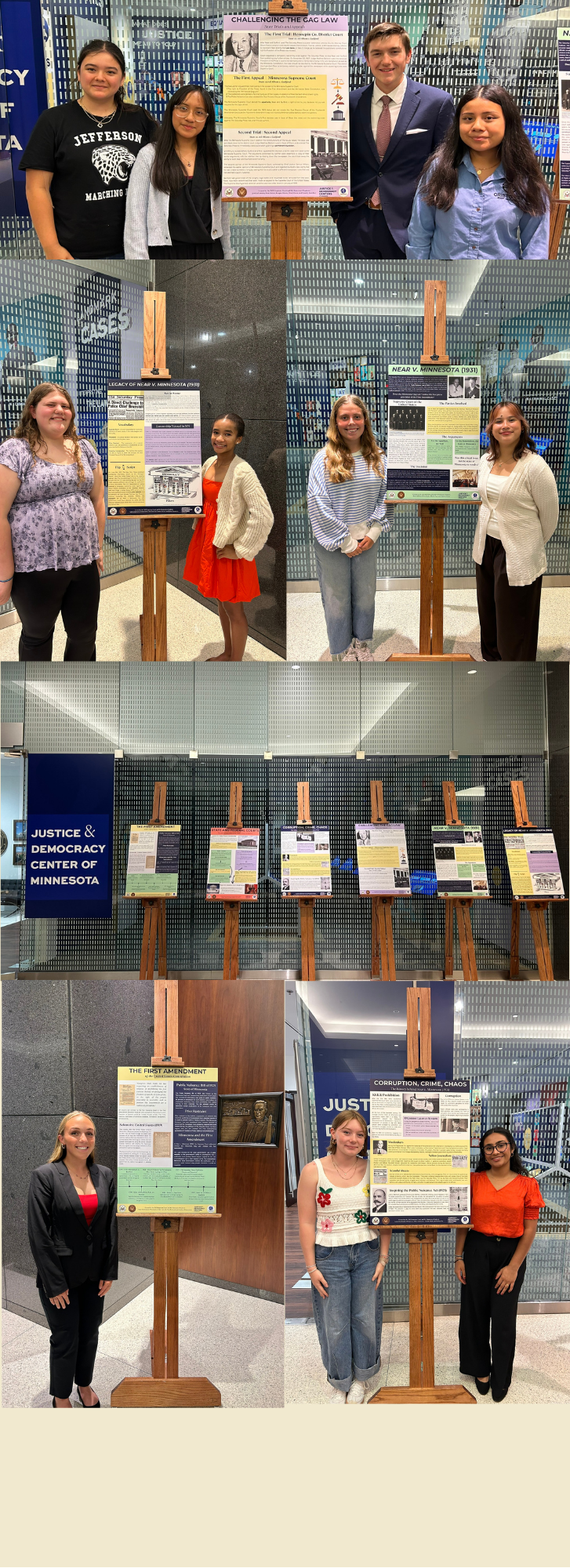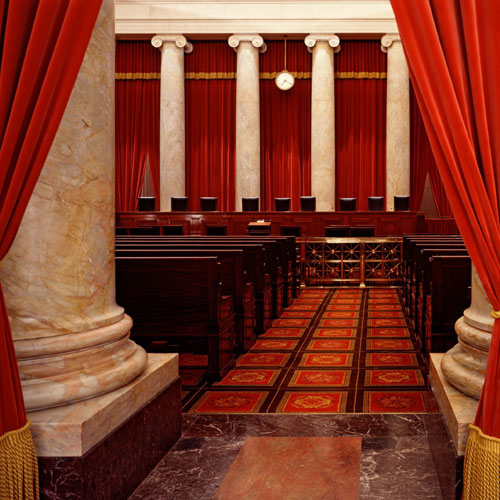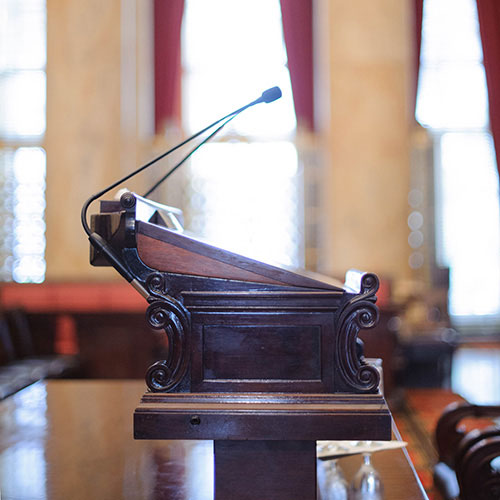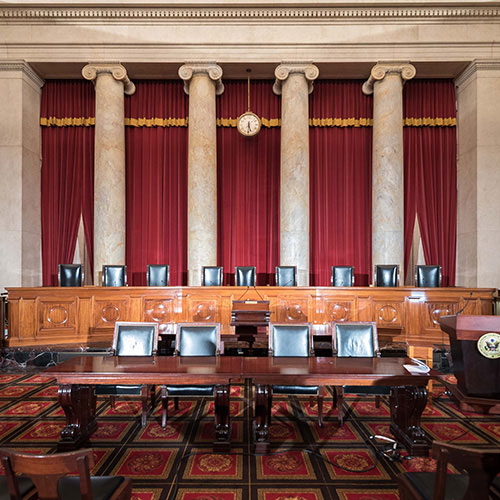Hometowns Sacramento
Students Open Permanent Exhibit on landmark case Ex parte Endo (1944) in the Robert T. Matsui Courthouse
On October 2, more than 60 Hometowns Sacramento students, family members, federal judges, and courthouse staff gathered in the Justice Anthony Kennedy Learning Center at the Robert T. Matsui Courthouse to open a permanent exhibition on Ex parte Endo (1944). The six-panel, student-created display documents the journey of this landmark World War II Japanese incarceration case as it moved from the Northern District of California to the Supreme Court of the United States.
In Hometowns Sacramento (April 14-18, 2025), 30 students from 17 area high schools conducted an intensive study of the federal judiciary through the lens of this case and its appellant, Sacramento native Mitsuye Endo. When the War Relocation Authority (WRA) offered her leave from the Topaz Relocation Center in the fall of 1943, she refused it to keep her habeas corpus case alive. As a result of Endo’s incredible sacrifice, some 100,000 people of Japanese descent were freed from incarceration. The WRA ended its exclusion orders on December 17, 1944, the day before the Supreme Court handed down its unanimous decision in Ex parte Endo holding the War Relocation Authority had no authority to detain citizens who were loyal to the United States.
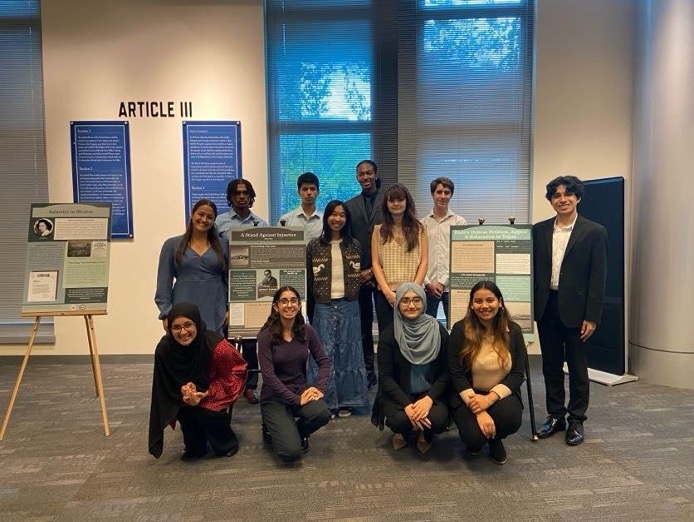
Hometowns St. Paul
Students Open Exhibit on landmark case Near v. Minnesota (1931) in the Justice and Democracy Center at the Warren E. Burger Federal Building
Many celebrations occurred in St. Paul on September 17, 2025. Not only was it former Chief Justice Warren E. Burger’s birthday and Constitution Day, but we also celebrated the opening of the Hometowns St. Paul exhibit. More than 50 students, families, teachers, courthouse staff, and community members gathered to celebrate the opening of the exhibit Near v. Minnesota (1931). The six-panel display documents life in the Twin Cities during the Prohibition era, the importance of the First Amendment, and the legacy of freedom of the press in the United States.
From July 21 to 25, 2025, 29 students representing 23 high schools gathered to study the federal judiciary by examining the landmark case Near v. Minnesota (1931). When local newspaper, The Saturday Press, accused public officials of corruption, the county attorney sued to prevent the paper from being published, claiming it violated the state Public Nuisance Law. Jay M. Near and Howard Guilford argued that the government’s action violated the freedom of the press guaranteed by the First Amendment. In the majority opinion, Chief Justice Charles Evans Hughes stated that the founding principle of freedom of the press was to prevent prior restraints. This case is used as an example of selective incorporation of the Due Process Clause of the 14th Amendment, requiring state laws to follow the protections in the Bill of Rights. Justices would use the Near decision as precedent in future cases involving the press.
Next summer, the Hometowns program will return to the Twin Cities, and 30 new students will learn about the federal judiciary through the lens of the Near case.
